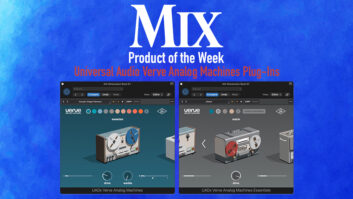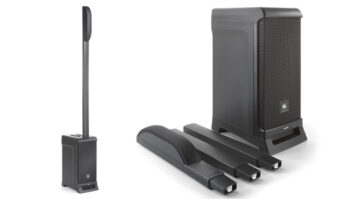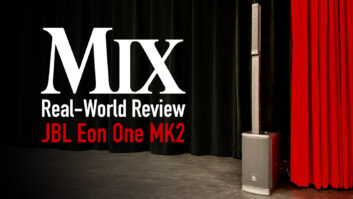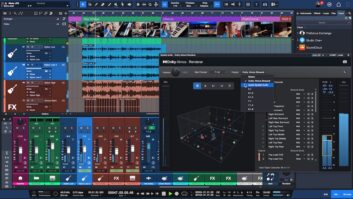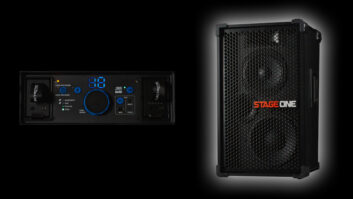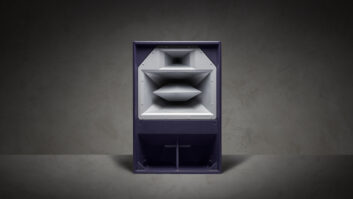I’m a fan of plug-ins, and most of the time I mix in the box. And as hard as I try to sculpt and re-sculpt an average-sounding recording into a Technicolor Dreamcoat for the ears, a recording’s size, tone, and resolution are lost or won on its trip from the microphone to the converter. It is no wonder that scores of boutique analog-processing brands have sprung up in the last decade to both satiate and propel the marketplace’s appetite for tonal glory in a world in which the ever-neutral DAW has replaced tape and console.
It seems that producers of all ages continue to take inspiration from classic recordings of the ’50s, ’60s, and ’70s. What’s going on that makes those records so special? Besides track limitations and the preponderance of live tracking methodologies, a lot of discrete analog circuitry is what’s goin’ on (just had to misuse the present tense to get that Marvin Gaye/Motown reference in there). Oxide and analog summing aside, all discrete, minimalist input chains were standard equipment in those days. Recent resurrections of demised brands like Electrodyne, Quad 8, and Telefunken, etc., confirm our worship of, and belief in, the old ways.
It’s easy to justify spending thousands on great gear of your own if it liberates you from having to spend thousands on studio time, especially when this gear can be used over and over again on subsequent recordings. This brings me to another reason behind the popularity of classic equipment from Neve, Neumann, and numerous known nameplates; not only are these tried-and-true front ends through which countless hits were captured, but the resale value of marquee brands is stable and sometimes even appreciates. Meanwhile, high-quality, new boutique gear often takes its design inspiration from these classics. Of those, the pieces that survive the blogs and anti-blogs — like the Great River MP-2NV, which took its inspiration from the Neve 1073 — have become certified contemporary classics.
You know, I’ve argued from all sides of the fences when it comes to what matters in a recording. In truth, everything matters. In reality, what really matters is what you care about and what you can afford to care about. What you care about is often informed by what you know about. While the message boards at their worst can be a quagmire and a waste of time, it’s through the internet that John Q. Self-Recordist got hip to what gear is good and why.
Little things make a difference all the way through the recording process. Ideally, one captures as much detail and information as possible every step of the way. Discrete, Class-A, point-to-point wiring, expensive resistors, hand-wound transformers, etc., are more than buzzwords, they’re the features that make up the small and sometimes not so small differences capable of delivering more emotion to the converters or the tape, or Edison, if you so desire. Variety is certainly the spice, but there’s a lot right with having only one flagship signal chain. Thinking again of classic recordings, many were cut with just the console’s mic pres, one type of compressor and EQ for each track. In the last 20 years the idea of having “one of each flavor” in the rack has come into vogue. Today’s engineer’s palate is composed of a selection of components once cloistered in their studios of origin such as Universal Recorders, Abbey Road, The Village, etc. — studios where now-classic gear was first created.
One of my favorite things about mixing in the box is its non-destructive nature, allowing for limitless tweaking (processing power notwithstanding) without ever changing the integrity of the source. And the situation of recording live sources through an analog front end is just the opposite: There’s only one chance to get it right. Not a bad reason to invest in the best quality analog input signal chain(s) you can muster.
Alex Oana is an award-winning producer/engineer with a multifaceted 20-year career. He would love to hear from you at [email protected].
